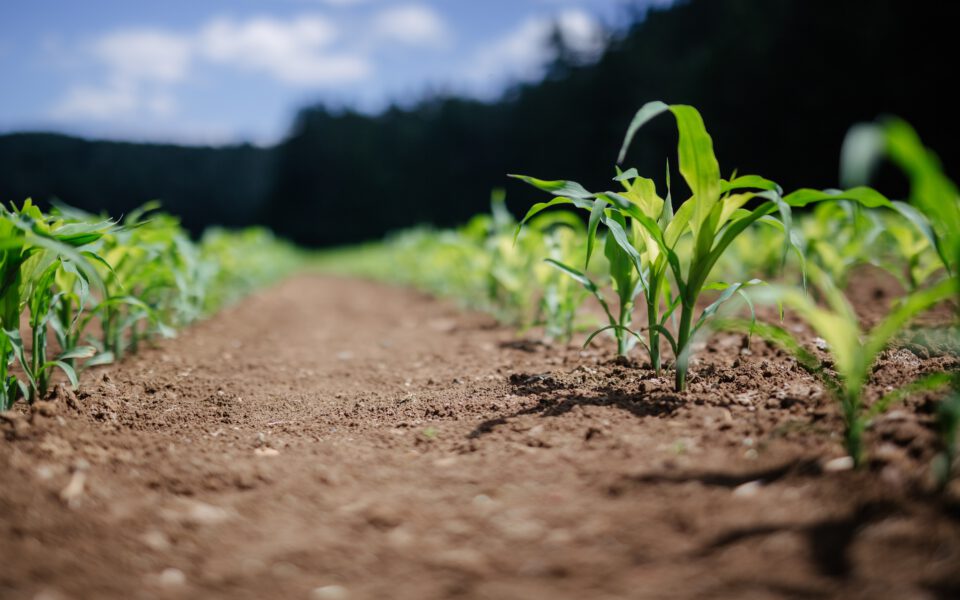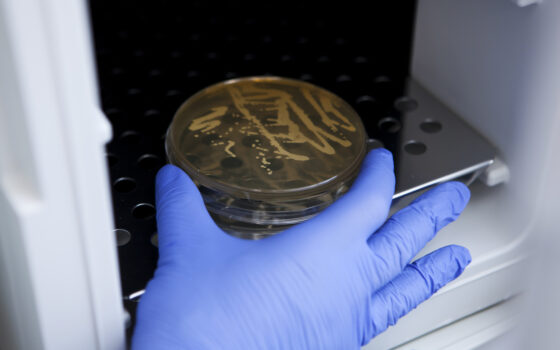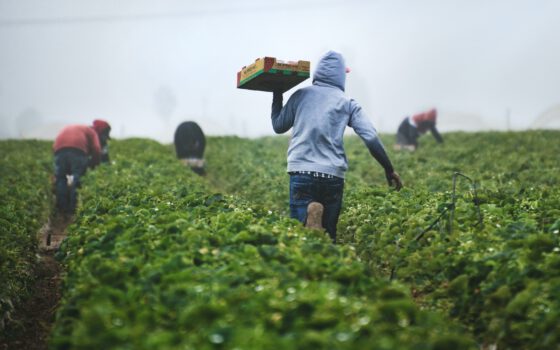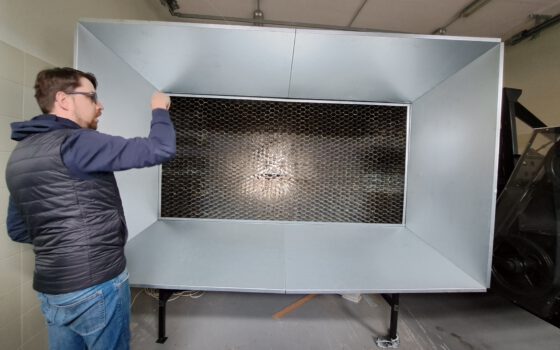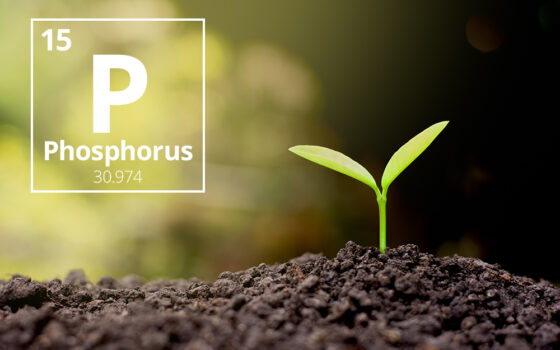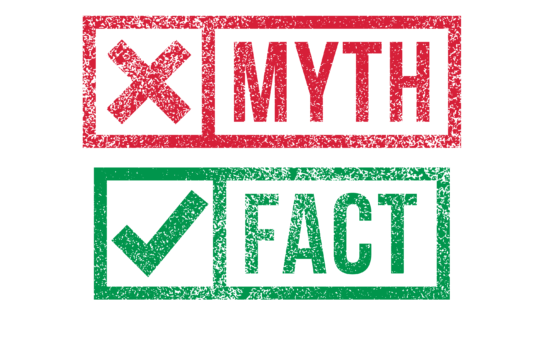While the importance of efficient fertilization has always been a relevant topic, the last couple of years (2020-2022) have brought the whole world’s attention to it. Nando has been researching this area for quite some time, specifically – microorganisms synergy with fertilizers. In a collaborative trial conducted in Romania, our company partnered with the Cluj-Napoca University of Agricultural Sciences and Veterinary Medicine to evaluate the impact of BioSpektrum WG microbial preparation in combination with NPK fertilizers on maize yield and soil parameters. Considering the severe drought conditions during this trial, the results were compelling on microorganisms capabilities of:
- Increasing the harvest yield despite extreme drought conditions;
- Increasing phosphorus availability in the soil;
- Increasing humus contents in the soil.
Similar results were observed in another study: Farming without phosphorus? In a collaborative project between Nando and VMU Agriculture Academy, laboratory and 3-season field trials were conducted, which yielded similar findings:
- Harvest yield increased by 9.34%, 6.97% and 17.24% each season respectively;
- Soil humus and available phosphorus contents were both increased at the end of the 3 season period.
Findings from both of these studies are highly relevant given the challenges surrounding phosphorus availability to plants, the use of excess conventional phosphorus fertilizers and fossil phosphorus resource depletion. Considering all of this, these trials in Romania are currently running for a 2nd season to further increase the reliability of the data.
Field trial conditions
The field trial involved four different treatment groups, where Nando’s product BioSpektrum WG was applied on top of the NPK fertilizer granules:
- Control: Basic fertilization with a standard NPK fertilizer (16-16-16) at 300 kg/ha and CAN at 150 kg/ha supplemental fertilization
- BioSpektrum WG 0.1x: Control + 0.1 kg/t of BioSpektrum WG.
- BioSpektrum WG 0.5x: Control + 0.5 kg/t of BioSpektrum WG.
- BioSpektrum WG 1x: Control + 1 kg/t of BioSpektrum WG (recommended rate by Nando).
Trial results
Key findings and observations
- Increase in yield despite drought: the trial took place in a region of Romania which experienced a severe drought. Despite the challenging climatic conditions, the introduction of BioSpektrum WG microbial preparation, along with NPK fertilizers, led to a substantial increase in maize harvest yield. This can be explained by the function of mycorrhizal fungus, which is one of the components of the BioSpektrum WG. Mycorrhizal fungus is known to extend root surface area and provide plants with increased drought resistance through improved direct intake of water, translocation of water obtained by the plant, and nutrient acquisition.
- Increase in available phosphorus: despite the increased intake of phosphorus due to higher crop yield, the available phosphorus levels remained consistent with minimum and medium application rates of the microbial preparation. However, the recommended application rate demonstrated a 17% increase in phosphorus solubilization potential.
- Increase in humus content: the application of BioSpektrum WG microbial preparation resulted in a noticeable increase in humus content in the soil. While the increase in humus is consistent with other trials (Farming without Phosphorus?), a 17% increase after a single season is quite extreme and typically takes a few years to achieve.
- Highest increase in both available phosphorus and humus contents was achieved with 1 kg/t of BioSpektrum WG (recommended application rate by Nando). While the reduced rates also increased the yield significantly proving the high potential of microorganisms’ strains in the product, for future research the recommended rate remains 1 kg/t (at least 250 g/ha) to achieve consistent results.
Conclusions
The trial conducted in Romania demonstrated the positive effects of BioSpektrum WG microbial preparation in combination with NPK fertilizers on maize yield and soil parameters. The trial showcased an increase in humus content, maintained available phosphorus levels, and significantly improved harvest yield despite a drought. The trial’s results support the need to address the depletion of phosphorus resources and the significance of using microorganisms to increase phosphorus availability and reduce environmental effect.
